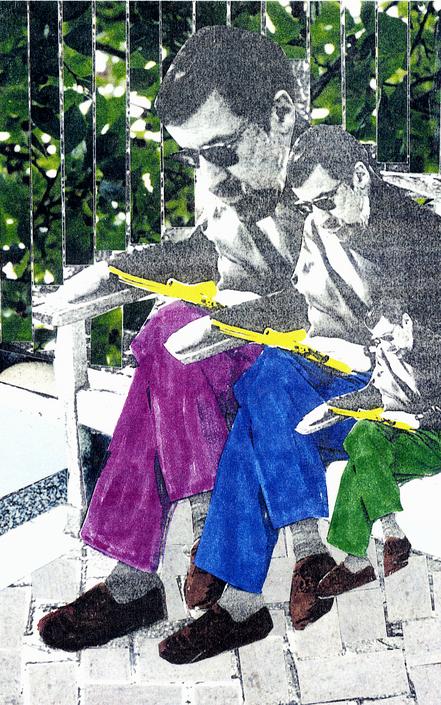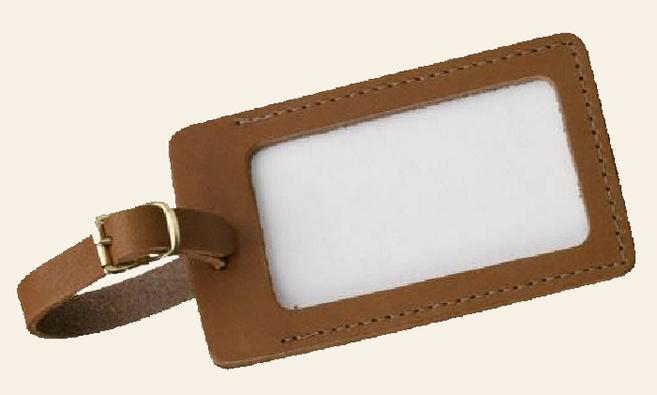My Own Obituary
As an "soldier" in President Johnson’s “war on poverty” Amram served for a decade as Director of University of Minnesota antipoverty programs (HELP Center) bringing millions of dollars and innovative programs to the U of M so that bypassed populations could, via job skills and credentialing, find productive and satisfying work. By the time a new administration in Washington ended antipoverty funding, Amram had developed an interest in industrial robotics and automation, especially their impact on workers and on the overall culture. A decade of studying the human aspects of robotics led to many articles, encyclopedia entries and lectures some of which garnered international attention.
When Amram’s creativity students wondered why all his examples of inventors were men, he launched into two decades of research and publication focused on woman’s ingenuity. With his wife, Sandra Brick, he mounted several major exhibitions including the centerpiece of the Patent and Trademark Office bicentennial celebration called “A Woman’s Place is in the Patent Office.” This passion led to an immense collection of artifacts and ephemera reflecting women’s innovation. Amram devoted his early retirement to cataloguing (and fussing over) the Amram/Brick Woman Inventor Collection which has been donated to the Hagley Museum and Library.
After building a career on the study of creativity and encouraging the imagination of others, Amram allowed his own talents to flourish. He turned to inventing and was proud of his patents. He sold the patent for his “Backpack with Removable and Repositionable Straps” and hopes it will one day become the industry standard. Finally, after a publication history that includes many books and articles about communication, robotics, creativity, and management, Amram turned to writing without footnotes. A memoir, We’re in America Now: A Survivor’s Stories, Holy Cow! Press, 2016, garnered international attention for its insightful content, its entertaining presentation and its literary quality. His most recent publication, Lest We Forget, Ram Innovation Press, 2022, is a coffee-table art book with 24 of his very short stories "translated" into exquisite visual art by his wife, Sandra Brick. Each of the stories with beautiful full-page art explores Amram's experiences in Nazi Germany and as a refugee in America. His forthcoming novel will have film companies competing for movie rights. Many published articles, essays, and stories round out a rich and productive life.
Fred Amram’s outdoor activities included running, mountain climbing, and SCUBA. He also had an interest in politics. hockey, and opera which he called his three violent sports.
Amram will be remembered by the many students he delighted in the classroom and by colleagues who he challenged to aim ever higher. His wife, Sandra Brick, mourns the loss of her “sparring partner.” Together they traveled three continents and together developed their creativity. Fred was preceded in death by his son, Michael Amram, an important critic of his father’s prose and the two often helped each other with their writing projects. Amram leaves behind daughter Susan Summit (Jeff Summit) who, like her father, has dedicated a major portion of her life to service. Granddaughters Ariana and Zoe Summit were their Zayde’s alpha and omega of grandchildren, and and his son’s partner, Deborah Amram.
An Afternoon with Friends by Sandra A. Brick
Traditionally artists’ websites include a bio. What should the author include in such a bio? The good news? The successes? Why not just have a vita or résumé?
On the other hand, an obit for a living person allows a look back AND a look forward. That look forward allows for some creativity, some fantasy, some dreaming of what might be. I suspect that this self-written obituary will be reframed many times. When I die it should be ready for publication. Just insert a date.
***
Fred Amram’s heart stopped beating on February 12, 2023. Ever hoping to be useful, he willed his body to the University of Minnesota for use by medical students and researchers. He requested that donations be sent to the Amram/Brick Woman Inventor Collection, at the Hagley Museum and Library, P.O. Box 3630, Wilmington, DE 19807-0630 or Hagley's website.
The many disparate phases of Amram’s life reflect ever evolving interests and opportunities. Born on September 19, 1933 in Nazi Germany, he experienced Kristallnacht and other atrocities. Amram escaped with parents to New York City in November of 1939. There he learned to speak English and how to be American. After attending the New York State College of Forestry and graduating from Syracuse University, he became a graduate student at the University of Minnesota and ultimately a professor of Speech Communication in the General College. His efforts to understand the dynamics of group behavior led to an exploration of creative problem-solving, an interest he pursued in research, consulting, publication and in the classroom. Former wife Barbara spurred Amram’s interest in psychology and social responsibility.

